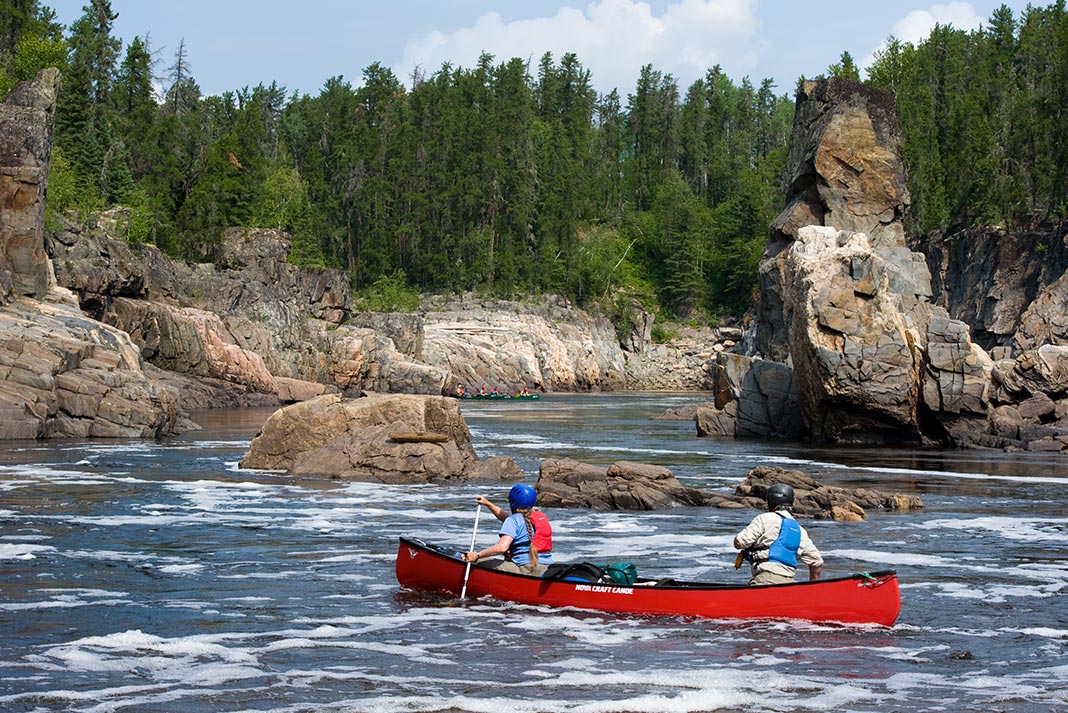- Joined
- Nov 30, 2017
- Messages
- 1,094
- Reaction score
- 3,029
Has anyone else had experience staying away from the outside of a river bend by back-paddling? You point the bow into the bend, back-paddle and let the river current turn you away from the log jam on the outside of the curve.
I was taught this a long time ago and has resurrected the idea in pondering whether or not to take a river that might require a lot of this.
Next week I’m headed out onto the Peace River and will practice some.
I also vaguely remember being taught to paddle through a rapids back-paddling much of the time.
Yellowcanoe and PaddlingPitt made some comments on another thread. I thought I might see if others wanted to chime in.
I was taught this a long time ago and has resurrected the idea in pondering whether or not to take a river that might require a lot of this.
Next week I’m headed out onto the Peace River and will practice some.
I also vaguely remember being taught to paddle through a rapids back-paddling much of the time.
Yellowcanoe and PaddlingPitt made some comments on another thread. I thought I might see if others wanted to chime in.

